Cleaning & Disinfection, Knowledge Base
How To Keep A Cleanroom Clean
You carefully wash your hands, get dressed in head-to-toe sterilized garments, and then cautiously enter the cleanroom. Despite your best efforts, the simple fact that you are human means your presence contaminates the cleanroom. It may seem redundant, but just like you still need to scrub the cleanest parts of your home, such as the kitchen sink and bathtub, cleaning and disinfection are essential for any successful cleanroom operation.
Common Sources of Contamination
The most common types of cleanroom contamination are:
- Skin Particles
- Fibers
- Dust
- Grease
- Bacteria
- Viruses
- Metals
- Fungi
- NVRS (Non-volatile Residues)
- Ions
- Films
People are the primary source of contamination in cleanrooms. Even while sitting still, humans generate 100,000 particles per minute. Movement increases that by 50 times. In other words, a person walking sheds a whopping 5 million particles per minute.
Contamination can be dangerous and costly, Lab Manager explains, but the good news is that you can control it with operational protocols and routine monitoring.
Regulatory Considerations
Not only is cleaning your cleanroom the right thing to do, but it also helps you comply with regulatory and environmental monitoring requirements. Be sure to keep up with the latest standards.
The Institute of Environmental Sciences and Technology (IEST) standard, for example, is IEST-RP-CC018.4 Cleanroom Housekeeping: Operating and Monitoring procedures. According to the IEST, recommended cleaning and disinfection protocols should focus on removing dirt, debris, and minimizing or eliminating microbial contamination. These protocols should also explain which items you should clean and how often.
In regulated or Good Manufacturing Practice (GMP) facilities, cleaning and disinfection efficacy validation could be required. The verification can involve testing surfaces before and after cleaning using swabs, contact plates, or the coupon and swab recovery method of various areas in the room to evaluate cleaning efficacy.
Choose Your Agents Wisely
There isn’t one perfect antimicrobial agent for cleanrooms. Instead, you will need to consider your specific needs, such as efficacy against particular pathogens, storage limitations, budget constraints (total cost of ownership), and any other unique factors for your organization. Selecting the proper agents often involves considering a range of factors, including regulatory requirements, material compatibility, application method, amount of chemical, type of organisms to be controlled, amount and type of soil to be removed, and human safety environmental impact.
Furthermore, cleaning protocols often include the rotational use of disinfectants and sporicides to maintain environmental control. Frequency and amount of rotation between these agents can depend on factors specific to a given facility: as set by schedule, as determined by environmental monitoring, or as part of facility or manufacturing changes.
Wolters Kluwer explains, “Make sure compounding staff uses the proper cleaning agents so that all microorganisms are eliminated.”
For some applications, regulatory agencies may require qualification, validation, and the use of specific cleaning agents. Most disinfectants used on hard surfaces are registered with the EPA. Disinfectants should be tested for common and hard-to-kill microorganisms before routine cleaning.
If you are not using presaturated wipes, make sure cleaning agents are chemically compatible with your qualified cleanroom wipes. Beware that inappropriate cleaning supplies can actually contribute to the problem you are trying to solve (they can create contamination).
While the strength and quality of ingredients are crucial factors, you also need to consider storage and handling. For example, will a liquid disinfectant splash and be heavy to store? If so, consider a tablet. Additionally, don’t forget to check the shelf life and create a schedule for auditing inventory and discarding anything expired.
Clean All Surfaces
Be sure that your SOPs include a detailed list of the surfaces that staff must clean and disinfect regularly. At a minimum, the list should include:
- Floors
- Hoods
- Countertops
Always follow the manufacturer’s labeling, including dilution, contact time, application method, rinsing, and decontamination. Microbial death is very dependent on the amount of time that an agent is in contact with the surface. For antimicrobial agents to be effective, the area must remain wet (although not excessively wet) for the full contact time that the manufacturer recommends. Some cleaning chemicals and antimicrobial agents may require additional rinsing to remove any residue.
Don’t forget about cleaning the air in your cleanroom. While your daily focus should be cleaning surfaces, don’t forget that many cleanrooms require frequent filter inspections and replacements, as well.
Successful Cleanroom
The success of your cleanroom depends on a combination of initial cleanroom design, minimizing potential contamination by tightly controlling the environment, and stringent cleaning and disinfecting to contain the inevitable contamination from the external environment and human movement.
A successful cleanroom can minimize any existing contaminations impact using proper cleaning and disinfection agents and procedures based on continuous monitoring of suitability, efficacy, and environment while understanding the limitations of both products and protocols for adequately cleaning and controlling contaminants in the cleanroom.





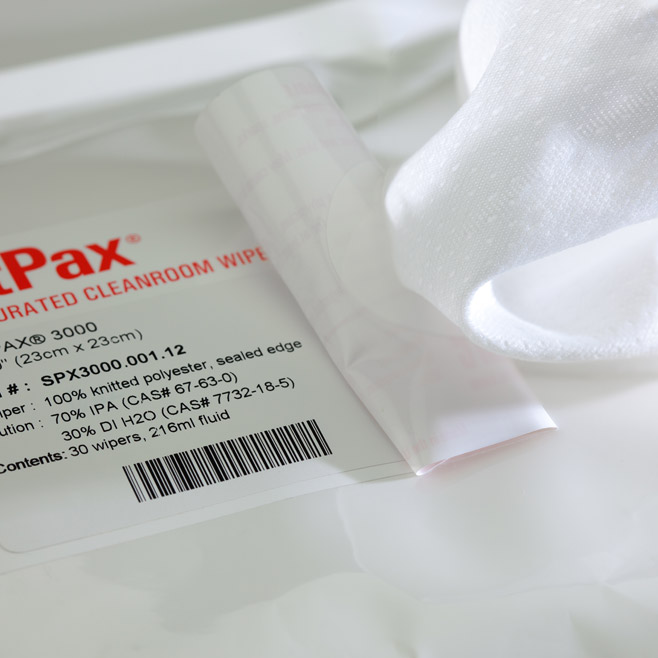
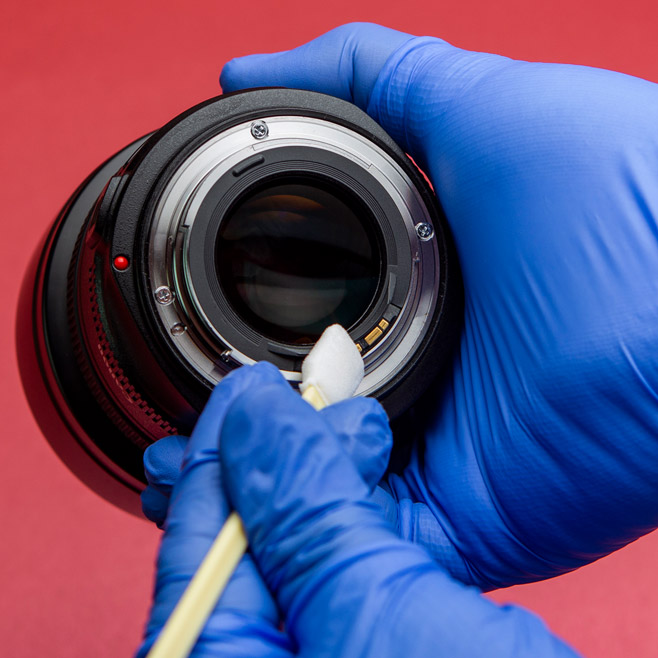
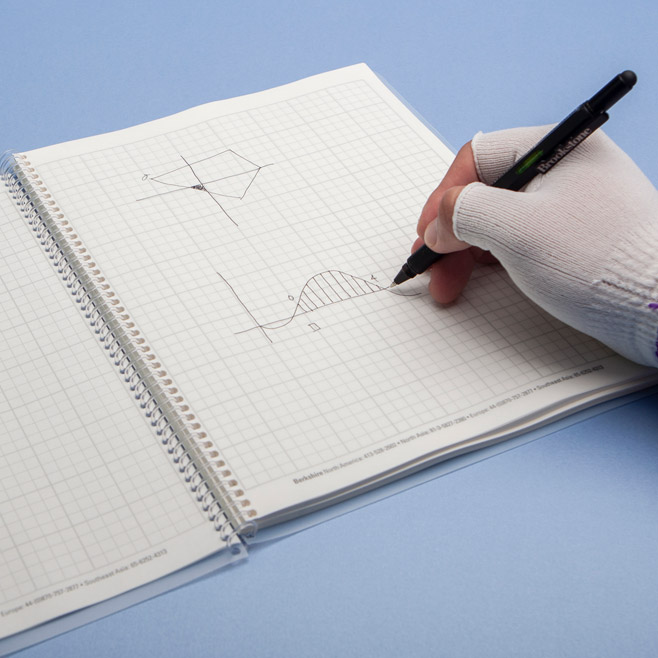

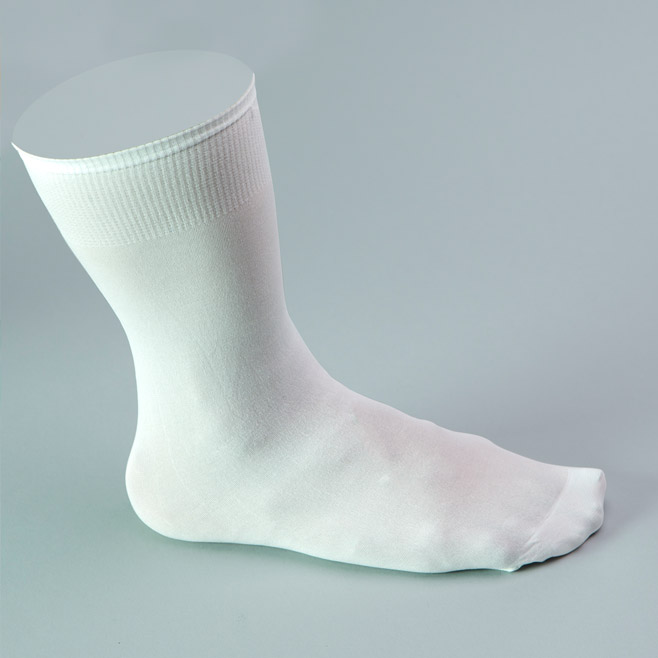
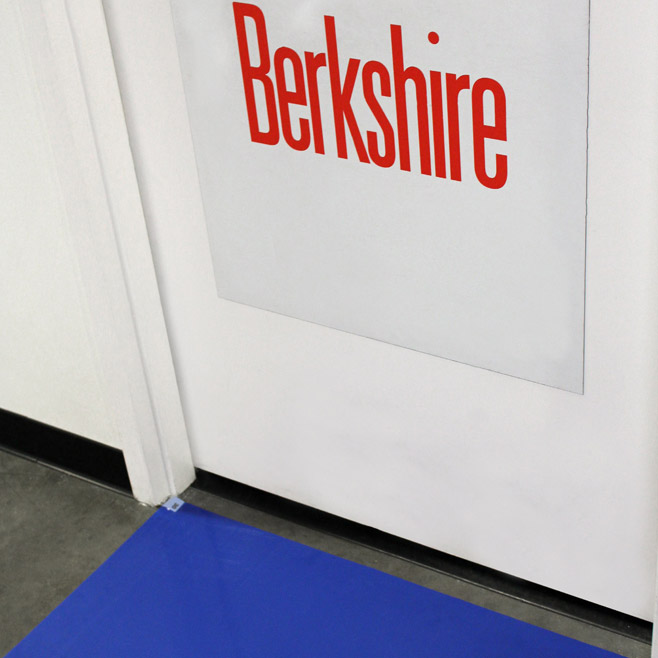

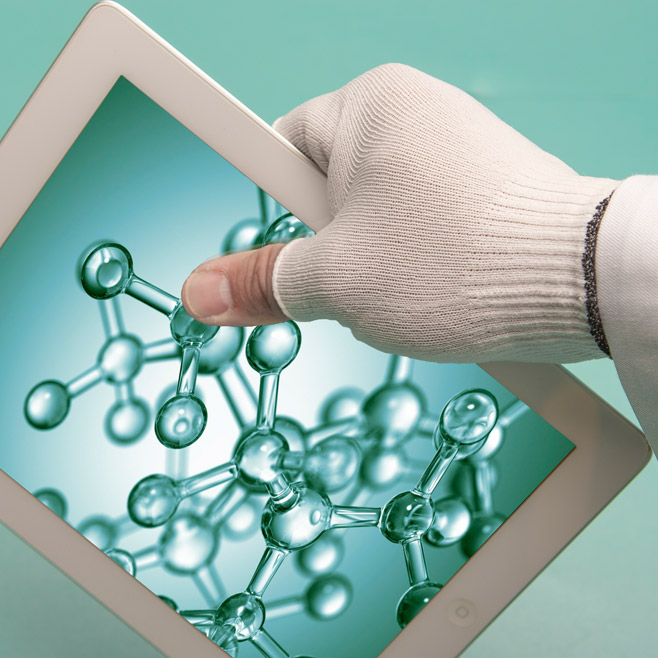
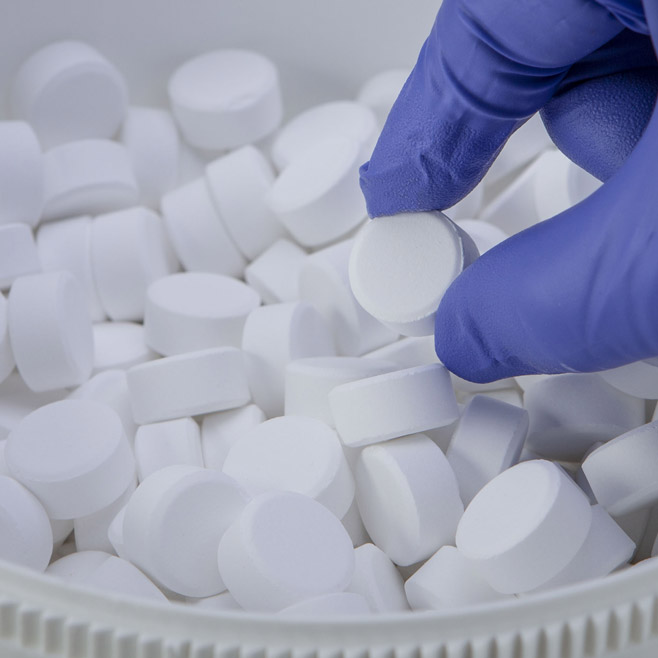
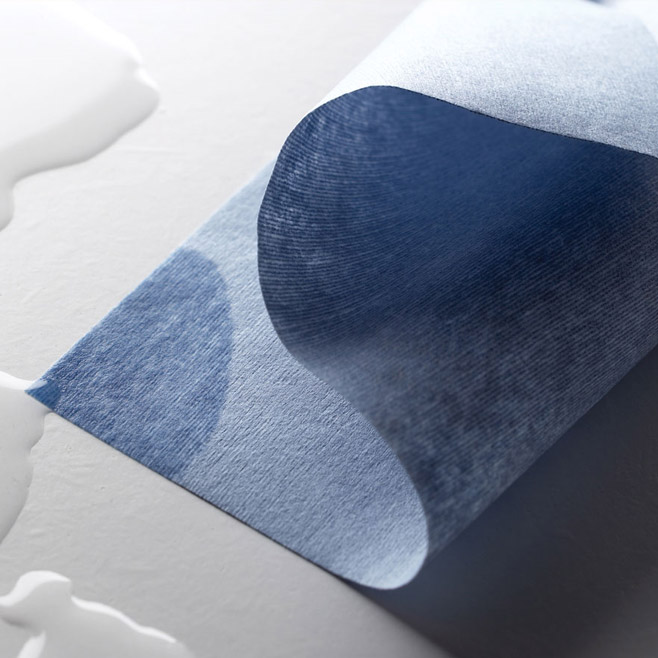
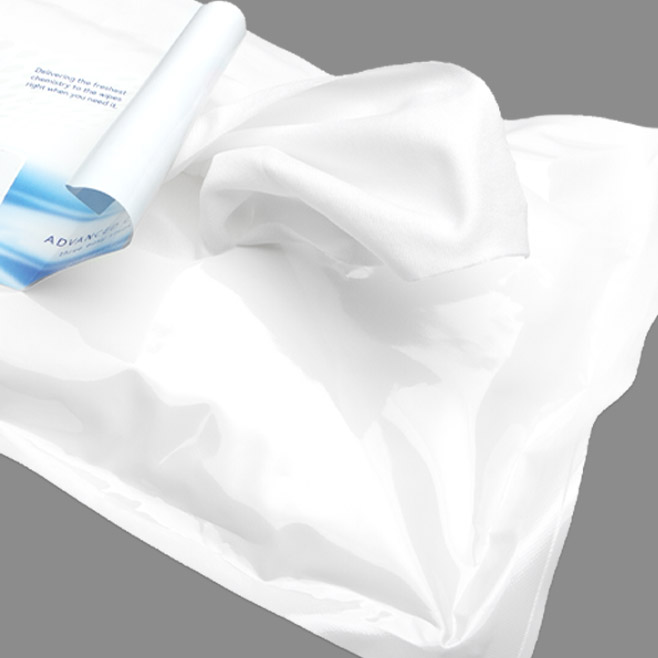
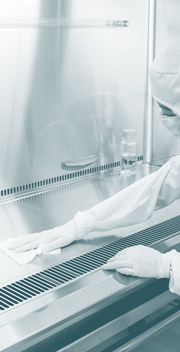


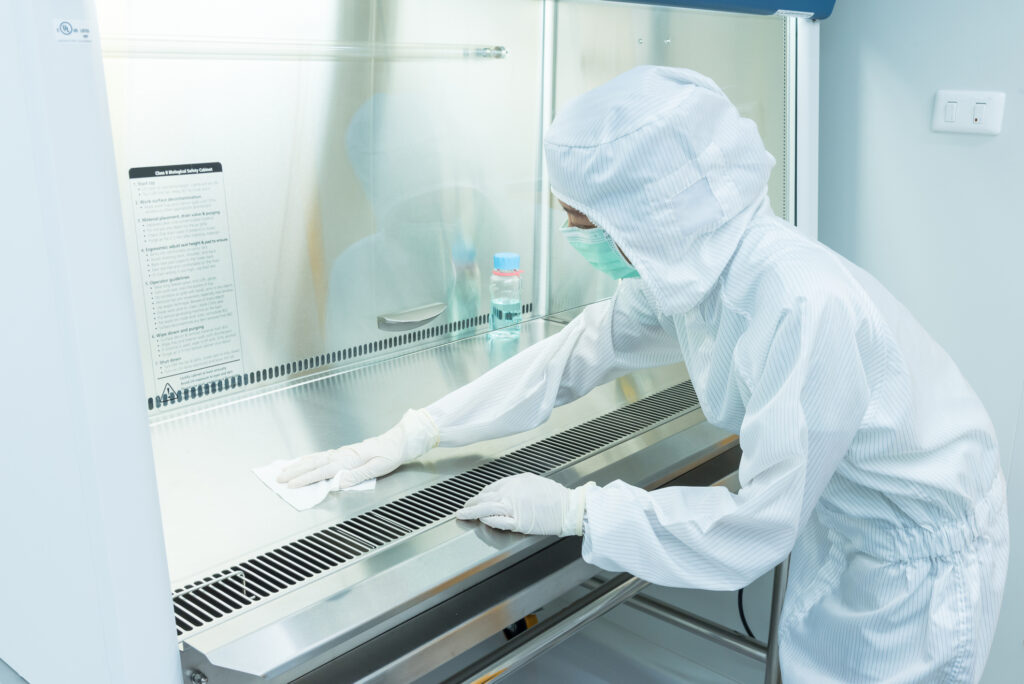


HAVE AN IDEA FOR CONTENT?
We are always looking for ideas and topics to write about.
Contact Us